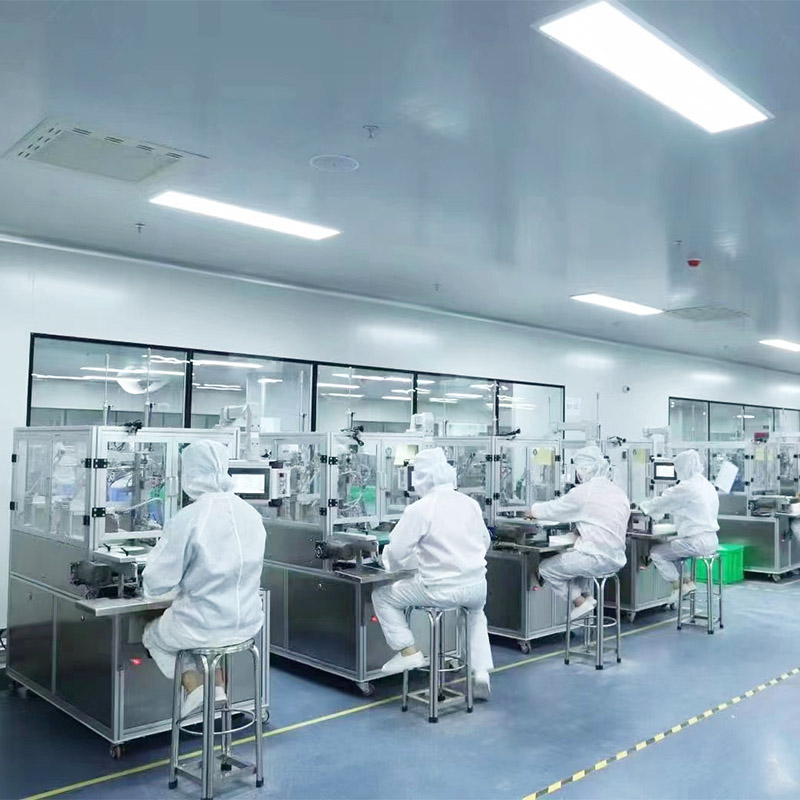Fabric Softener Dryer Sheets Production Process
Introduction
Fabric softener dryer sheets are a widely used household product designed to make laundry softer, fragrant, and reduce static cling during drying. This article explores the production process, covering each stage from raw material selection to final packaging.
1. Raw Material Selection
The production of fabric softener dryer sheets begins with the selection of appropriate raw materials, which include:
- Softening Agents: Such as dialkyl dimethyl ammonium chloride or plant-based softeners, providing the softening effect.
- Fragrances: Added to deliver a lasting scent.
- Additives: Such as anti-static agents and thickeners to enhance product functionality and stability.
- Base Material: Typically non-woven fabric, serving as the substrate for the dryer sheets.
2. Formula Development
During the production process, a formula is developed based on product requirements. Chemical engineers adjust the ratios of softening agents and other additives according to desired softness, scent, and functionality. This may involve multiple rounds of experimentation to ensure the final product meets standards.
3. Mixing and Coating
Once the formula is finalized, the raw materials are sent to large mixing equipment. After mixing, the softener liquid is evenly coated onto the non-woven fabric. The coating process requires careful control of thickness to ensure each sheet absorbs the softening agent uniformly.
4. Drying
The coated non-woven fabric undergoes a drying process to remove excess moisture and solvents. Drying typically uses hot air or infrared technology to ensure the softening agent penetrates evenly and solidifies on the substrate.
5. Cutting and Packaging
After drying, the long rolls of dryer sheets are cut into appropriate sizes. The cut products are automatically packaged, usually containing a set number of sheets for consumer convenience.
6. Quality Control
Quality control is a crucial part of the production process. Samples from the production line undergo regular testing to ensure each batch meets standards for softness, scent, and anti-static performance. Finished products are also rigorously checked for defects.
7. Market Launch
Finally, the quality-checked products are sent to warehouses, ready to be distributed to major retailers and supermarkets for consumer purchase.
Conclusion
The production process of fabric softener dryer sheets involves multiple critical steps, from raw material selection to final packaging. With advancements in technology and changing consumer demands, future production processes may increasingly focus on environmental sustainability, pushing the entire industry towards higher standards.





